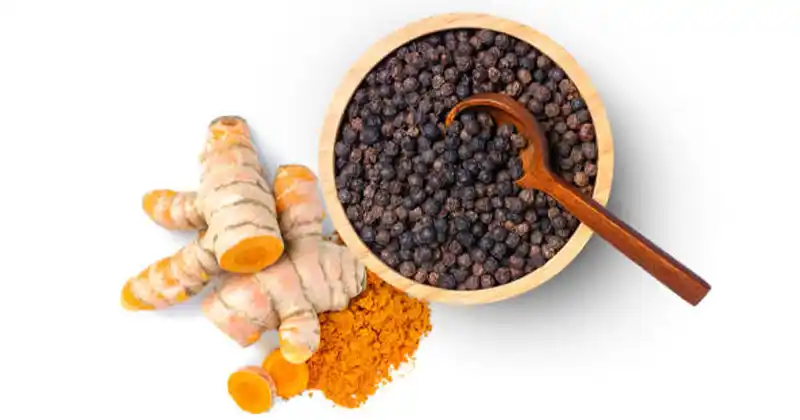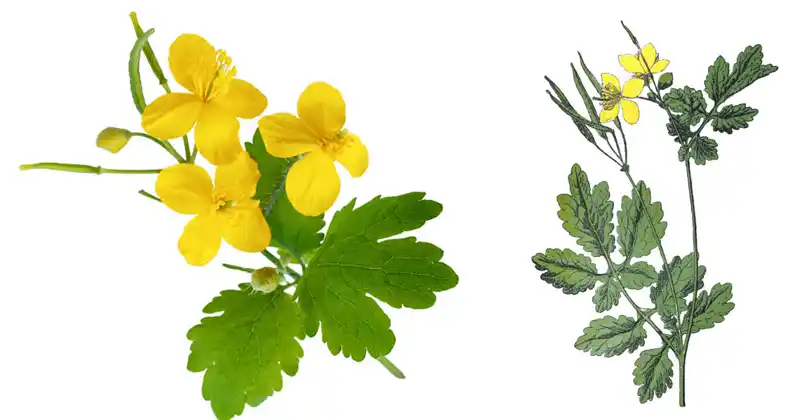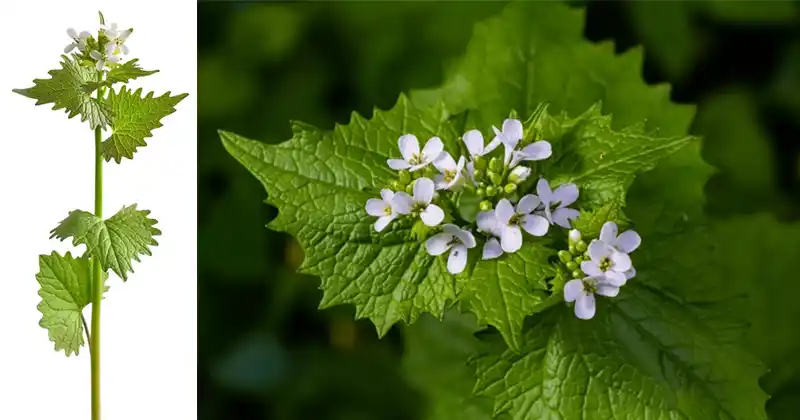The Health Benefits of Tamarind: Digestive and Heart Health Support

Tamarind (Tamarindus indica) has long been valued in traditional medicine for its numerous health benefits. Originating from Africa and widely cultivated in tropical regions, tamarind is packed with essential nutrients, antioxidants, and dietary fiber that support both the digestive system and heart health. Below, we’ll explore how tamarind aids these two key areas and the best ways to incorporate this versatile fruit into your diet for optimal benefits.
Tamarind for Digestive Health
1. Promotes Regular Bowel Movements:
Tamarind is rich in dietary fiber, which is essential for digestive health. Fiber adds bulk to the stool, making it easier to pass and preventing constipation. This natural remedy has been used for centuries as a mild laxative, especially in its pulp form.
2. Stimulates Digestive Juices:
The natural acids in tamarind, such as tartaric acid, help stimulate bile production. Bile is crucial for breaking down fats and absorbing nutrients from food. By promoting the production of digestive enzymes and bile, tamarind aids in more efficient digestion and can alleviate bloating and indigestion.
3. Balances Gut Flora:
Research suggests that tamarind has mild antibacterial properties that help balance gut flora by targeting harmful bacteria without disturbing beneficial bacteria. This balance promotes better gut health and reduces inflammation in the digestive tract.
Tamarind for Heart Health
1. Reduces Bad Cholesterol:
Tamarind pulp has shown promise in lowering LDL (bad) cholesterol levels, which is vital for heart health. It contains antioxidants and fiber, which can help prevent cholesterol buildup in the arteries, reducing the risk of atherosclerosis and heart disease.
2. Supports Blood Pressure Regulation:
Packed with potassium and low in sodium, tamarind helps regulate blood pressure. Potassium aids in dilating blood vessels and managing sodium levels in the body, helping to prevent hypertension—a significant risk factor for heart disease.
3. Antioxidant Protection:
Tamarind is high in polyphenols and flavonoids, compounds that reduce oxidative stress in the heart and blood vessels. These antioxidants protect against cellular damage, keeping the heart and circulatory system healthy and strong.
Best Ways to Take Advantage of Tamarind’s Benefits
1. Tamarind Juice
A popular and refreshing way to enjoy tamarind, tamarind juice is easy to prepare and particularly effective for digestive and heart health. To make the juice:
- Soak tamarind pulp in warm water, then strain to separate the liquid from the solids.
- Sweeten with honey or natural sweeteners if desired.
- Drink a small glass daily to support both digestive function and cardiovascular health.
2. Tamarind Paste or Pulp in Cooking
Tamarind paste adds a tangy flavor to dishes and is commonly used in soups, stews, and marinades:
- Add a spoonful of tamarind paste to curries or stews to enhance flavor and reap digestive benefits.
- Mix into sauces or dressings to add a heart-healthy boost to your meals.
3. Tamarind Tea
For a lighter option, tamarind tea offers a gentle way to enjoy its benefits:
- Boil a small amount of tamarind pulp with water, adding a dash of honey and ginger if desired.
- Drink tamarind tea after meals to aid digestion and reduce cholesterol levels over time.
4. Tamarind Supplements
Tamarind is also available in capsule or extract form for those who want a concentrated option. Be sure to consult a healthcare provider before using tamarind supplements, as they can guide you on the right dosage based on your health goals.
Incorporating tamarind into your diet can significantly benefit both digestive and heart health. By using tamarind juice, paste, tea, or even supplements, you can take advantage of its powerful nutrients and protect two of the body’s most vital systems. Whether you’re looking to improve digestion, manage cholesterol, or regulate blood pressure, tamarind offers a natural and delicious way to support your well-being.



















